Game Design Showdown
January 2010 Challenge - "Which way did he go?!?"
This Challenge has been completed.
Congratulations to the winner of this month's Game Design Showdown with 11 votes:
- "Monster Island" by simons
Congratulations to the runners up as well with 7 votes each:
- "Asteroid Mining" by Seo
- "Cave of the Old Fat Dragon" by last month's winner Don Jon
CRITIQUES: Post constructive critiques and commentary about the entries to this Challenge in the Critiques Thread.
Please Read: Details on entering the Game Design Showdown are here: GDS details.
Main Design Requirements:
BOARD game: Many games nowadays don't use a central board. This challenge requires the use of a central board. You are to create a game where geography of the board matters.
Route Planning: A major concern in the game should be route planning. That is not to say it must be the only concern, but a significant part of the game should revolve around planning a route in some way, and therefore interacting with the geography on the board, which as we already know, matters.
Deduction: A deduction mechanism shall be present in some form in the game. It's your job to decide how or in what manner.
- Submissions: Thursday, 7-January-2010 through Thursday, 14-January-2010 (approximately 4pm West Coast US time).
- Voting: Friday, 15-January-2010 through Thursday, 21-January-2010. <- NOTE THE CHANGE (if you plan that far ahead)
Voting Format: Each person has 6 votes to distribute any way they choose among the GDS entries with the following restrictions:
- You may not assign any votes to your own entry!
- You may not assign more than 3 votes to any single entry.
- You need not assign all 6 votes.
Voting is now open!
Voting will close at 4pm MST, which I believe is 3pm on the West coast and 6pm on the East coast. Thursday afternoon I'll tabulate the results and post the winners!
- CRITIQUES: Post constructive critiques and commentary about the entries to this Challenge in the Critiques Thread
Comments or Questions: Comments and questions about this Challenge were handled on the Comments Thread.
GDS Details: For more details on how these Game Design Showdown Challenges work, especially the details around the word count and graphics limits, visit the GDS Wiki Page.
Enjoy!
-Seth



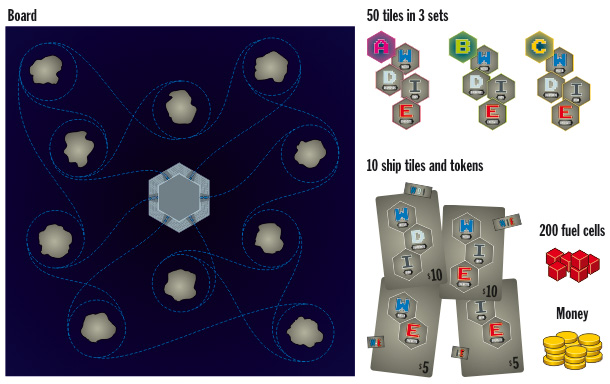
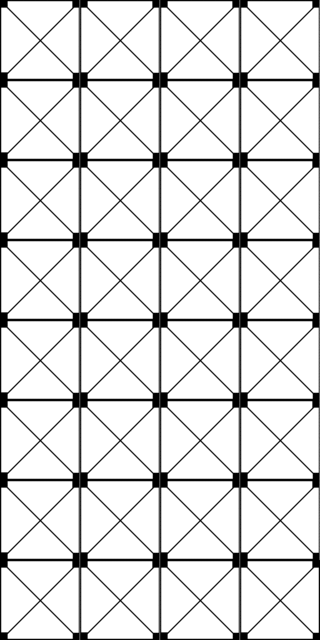
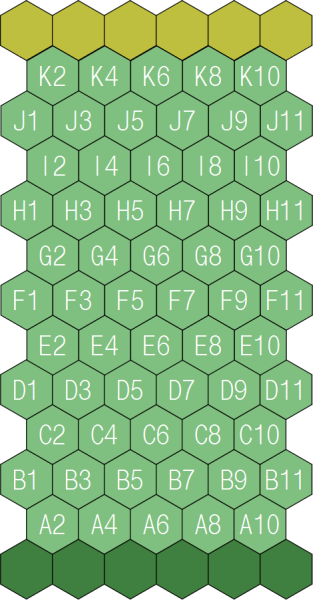
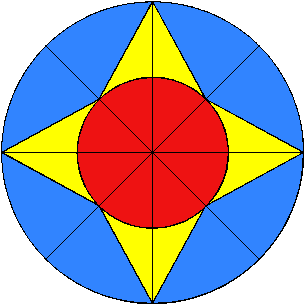
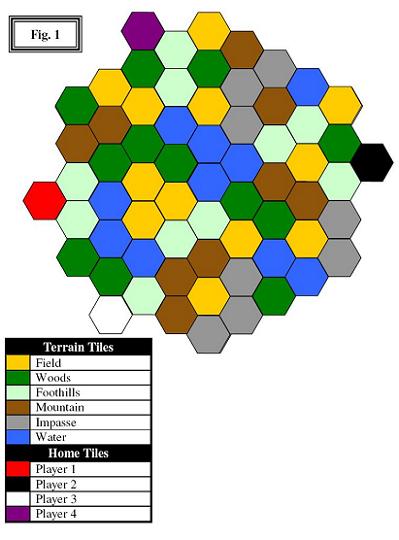
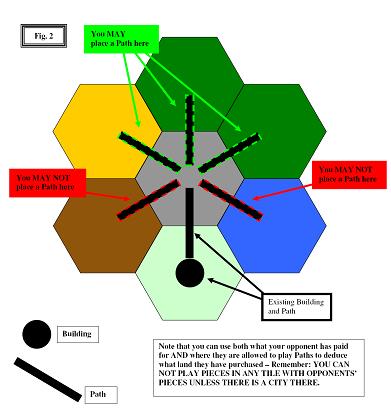
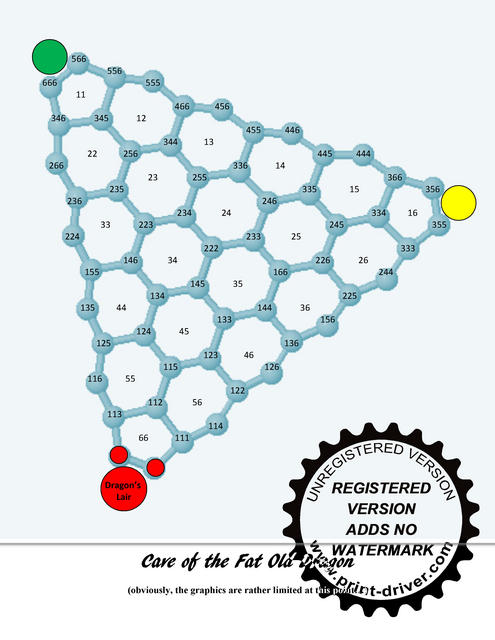
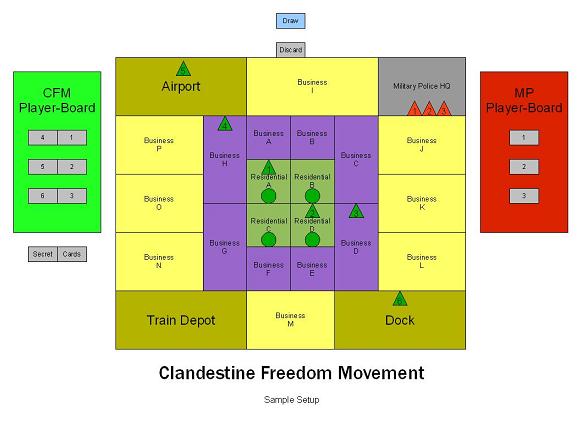

Rainbow's End
By quick travel and low cunning, you have made it to the end of the rainbow, but where is the pot of gold?
Requirements
One player is the leprechaun. The other is the hunter.
At the start of the game, the leprechaun writes down his location on the map - he is, of course, invisible. He then announces what colour he is standing on.
The hunter then places a trap on the board in any location at the edge of the board.
Each subsequent turn consists of:
The round ends when:
The leprechaun scores 1 point for each trap placed, and the players reverse their roles. Highest score after two rounds wins.